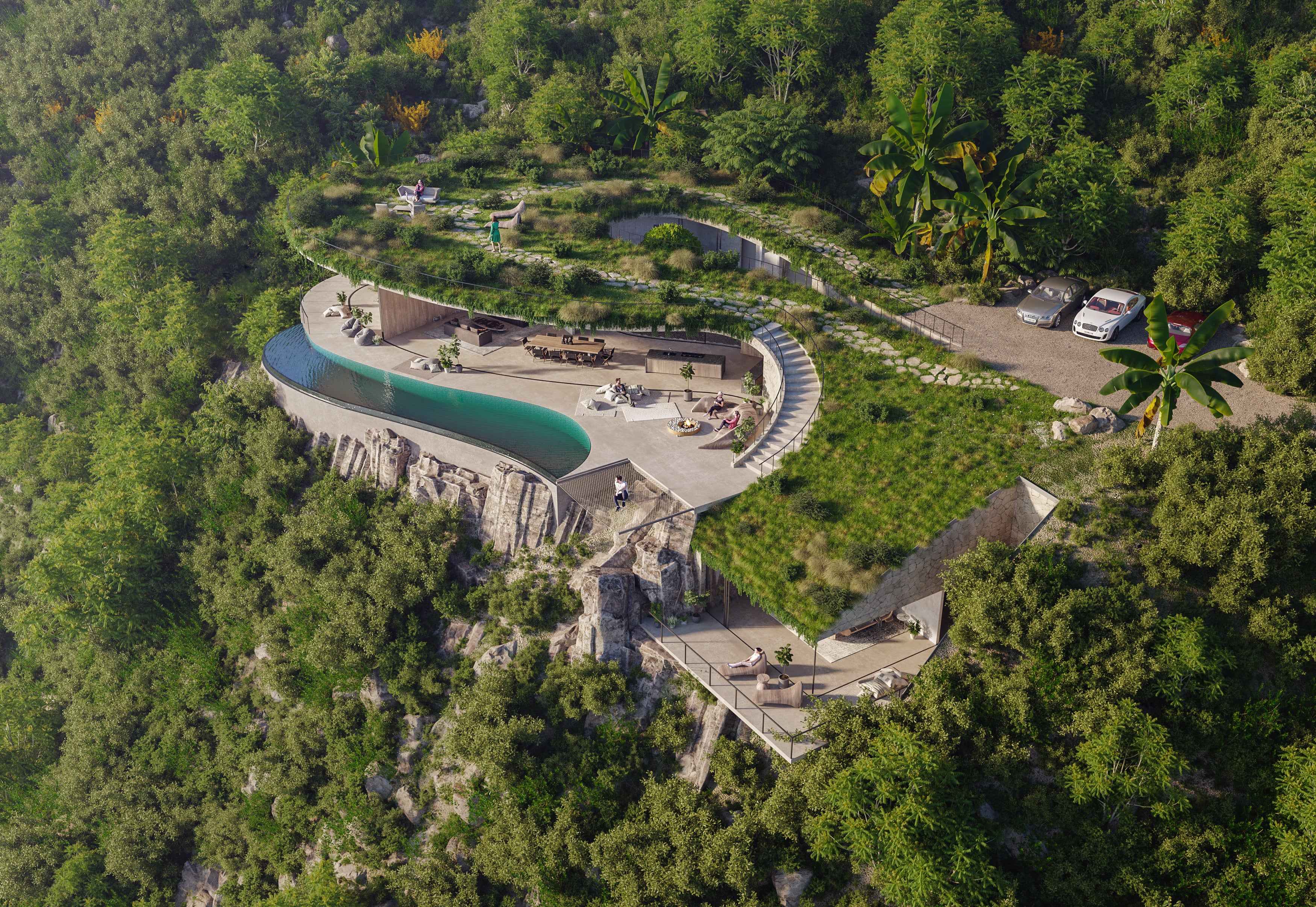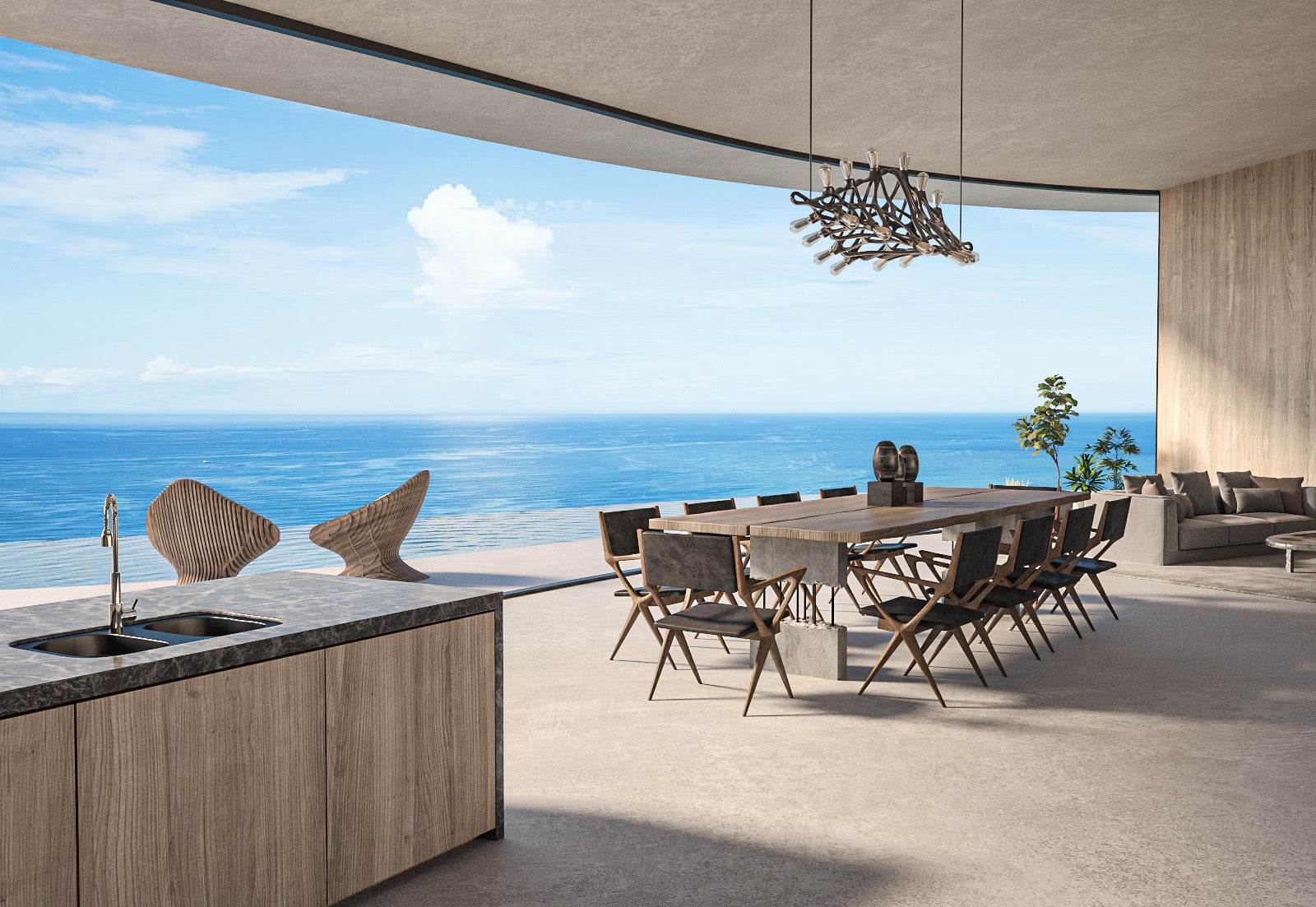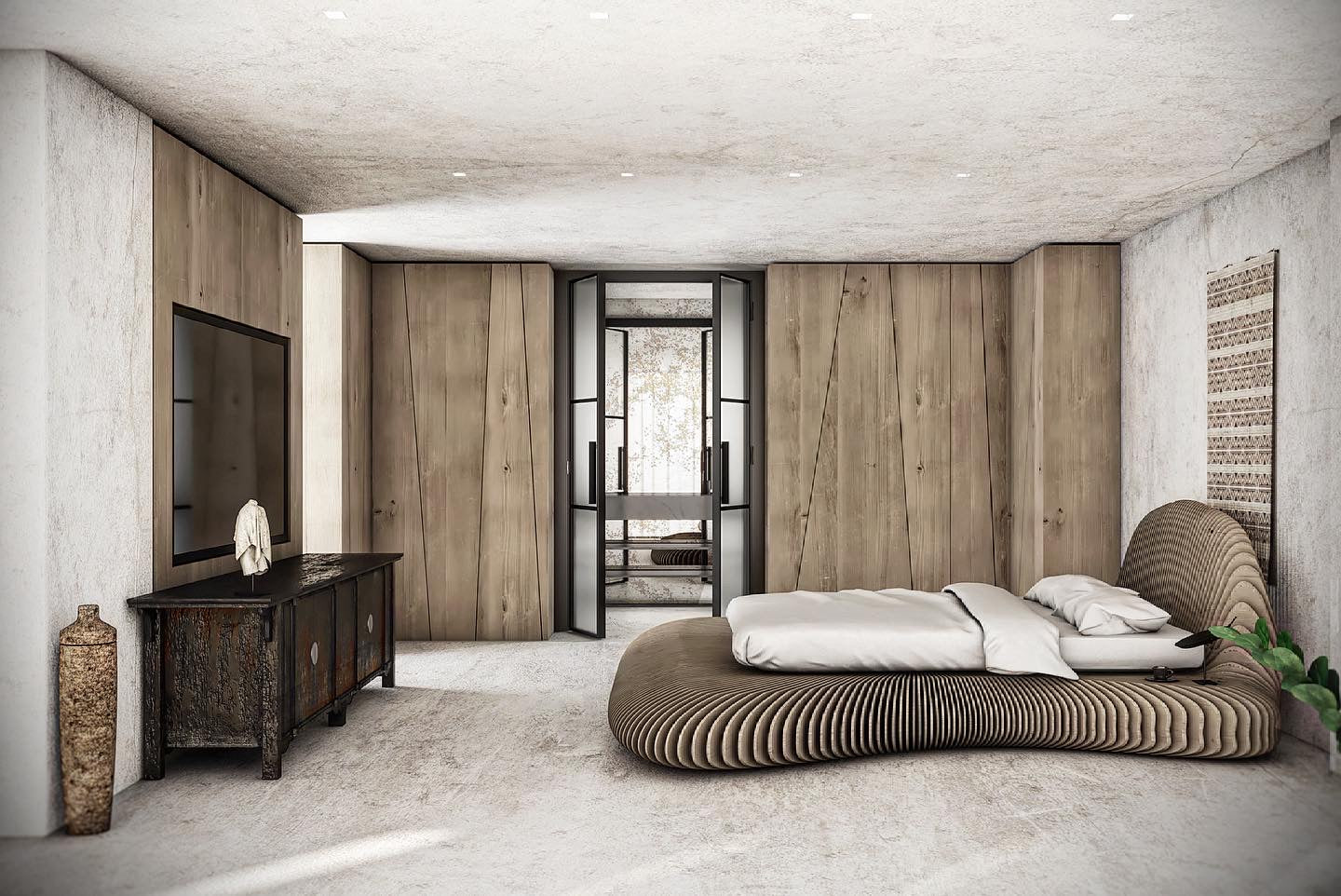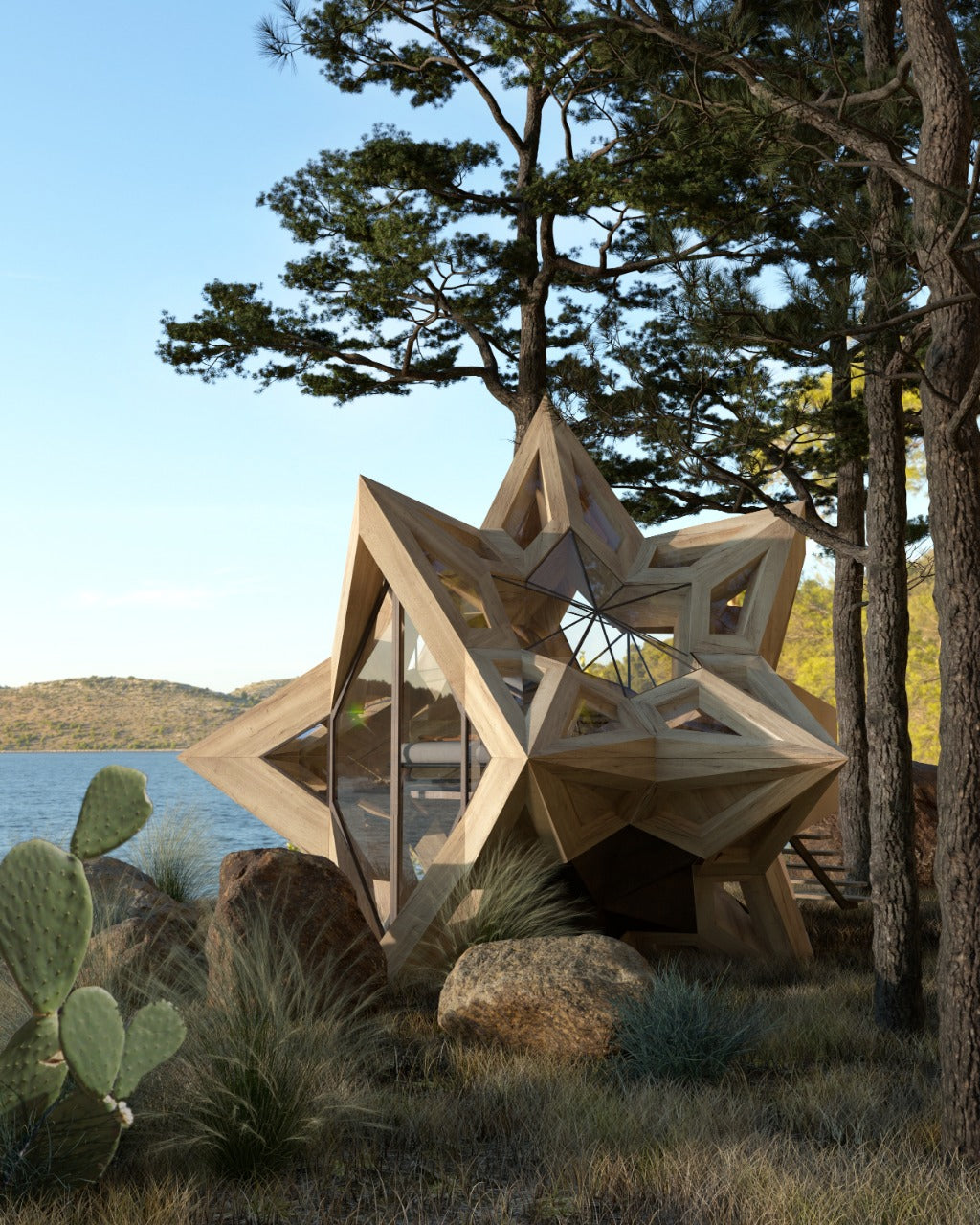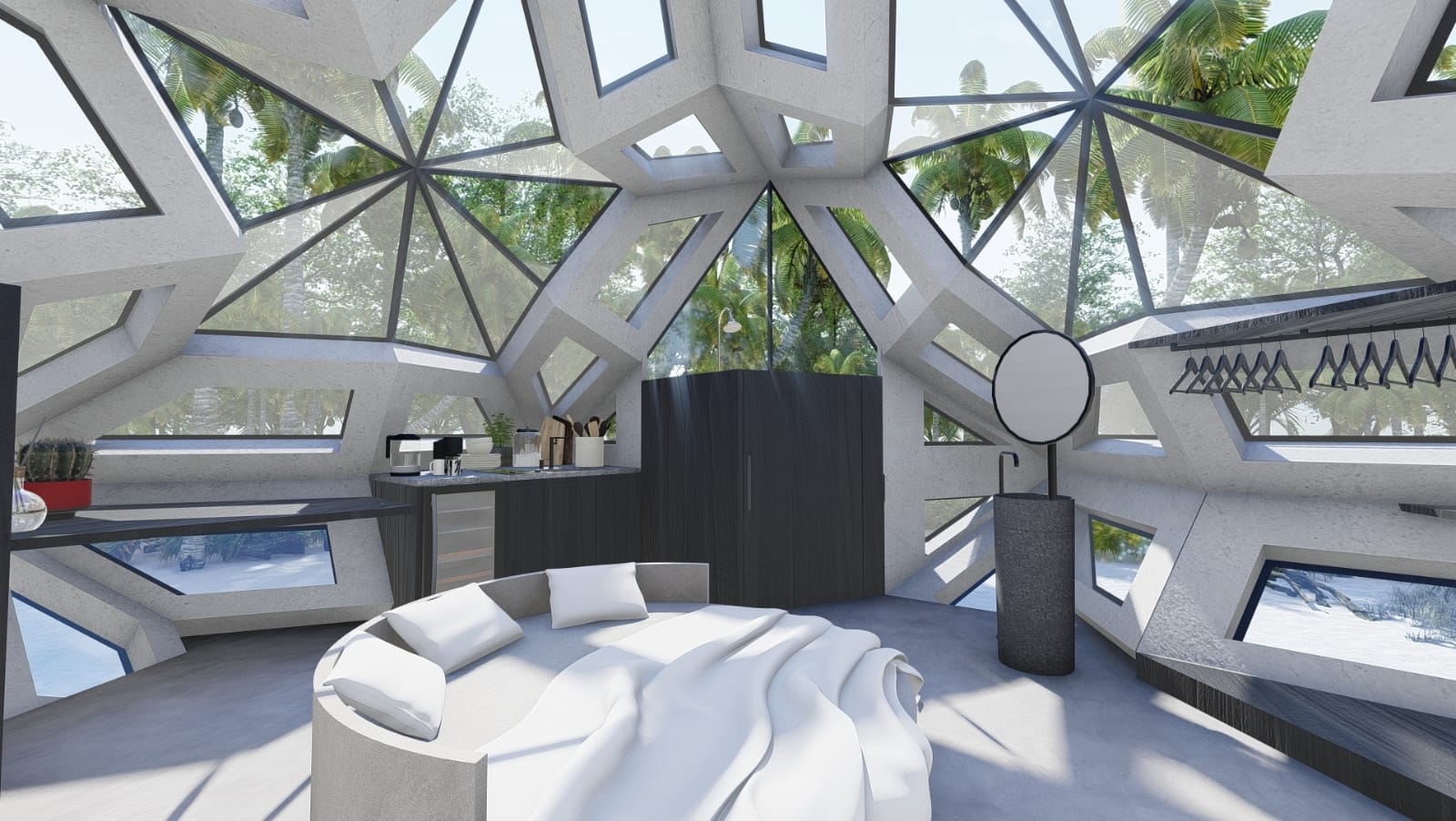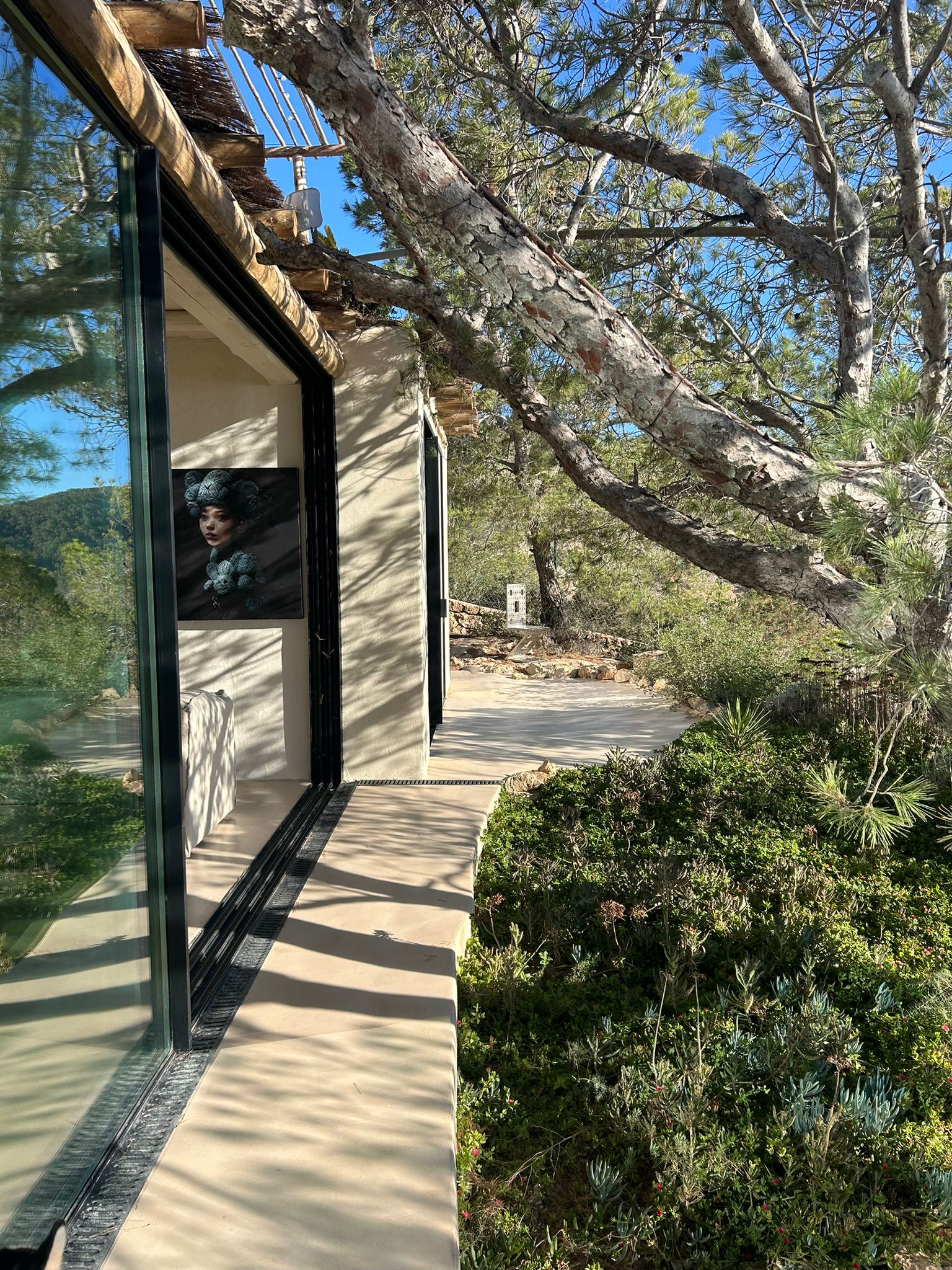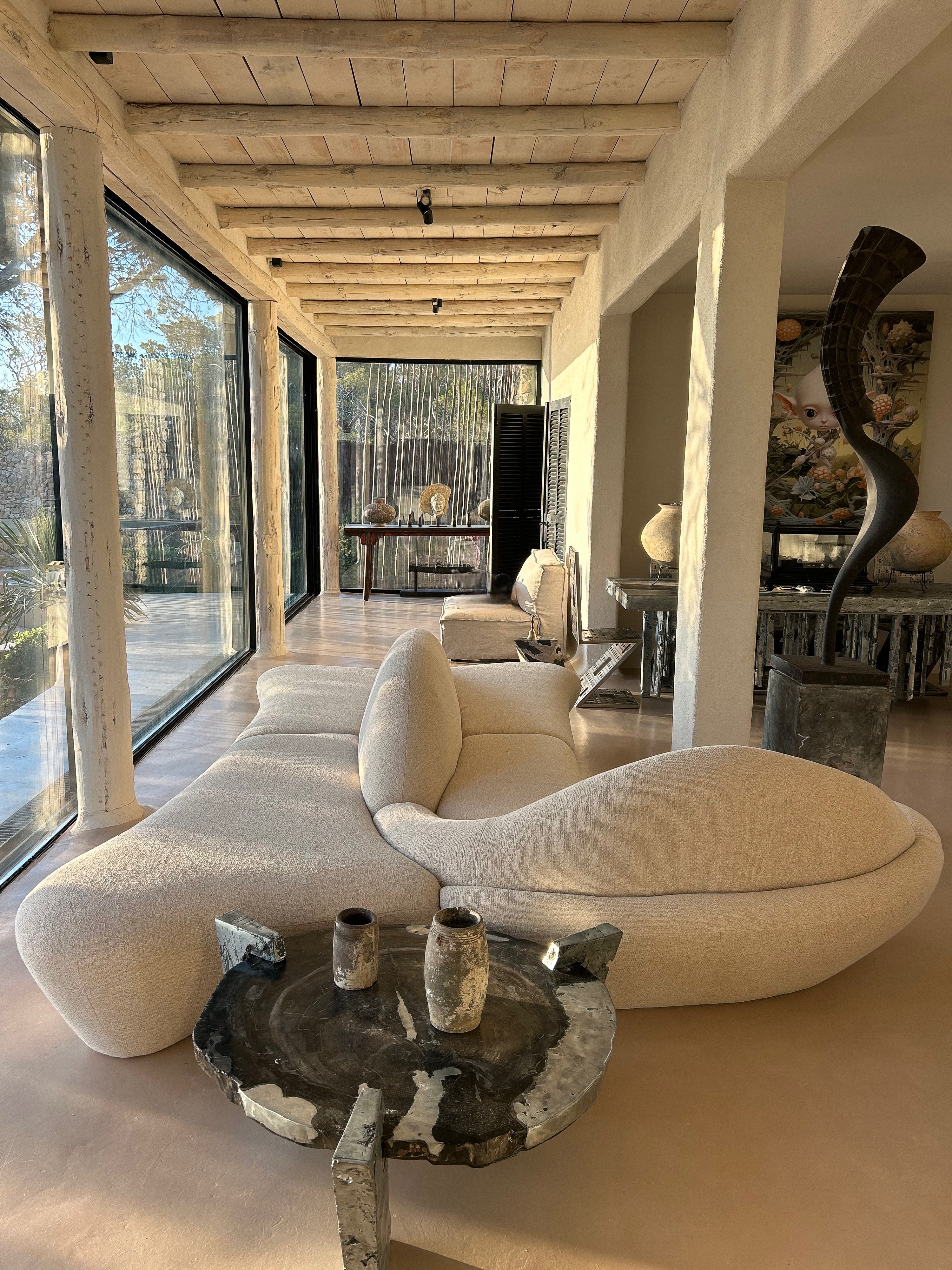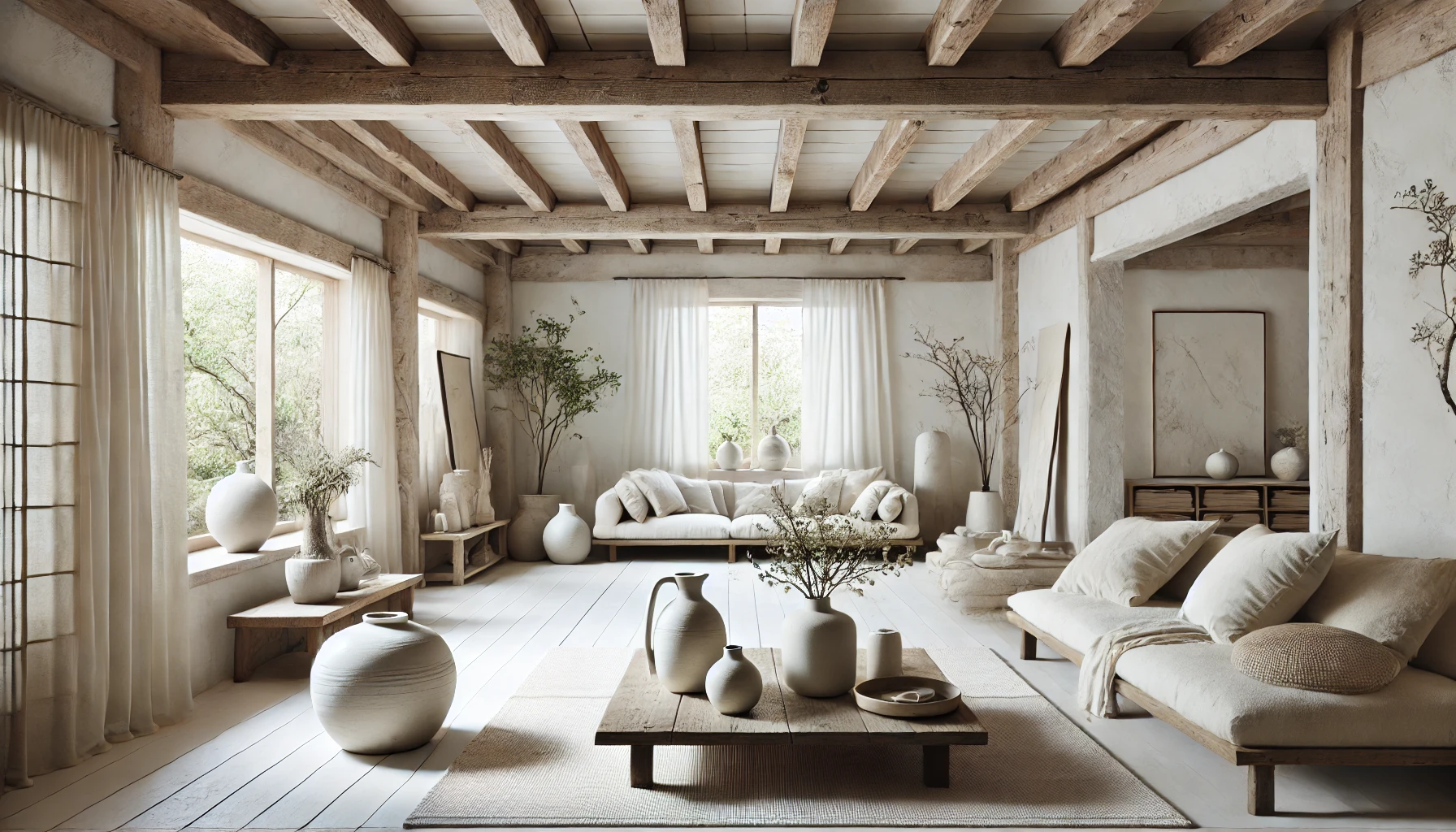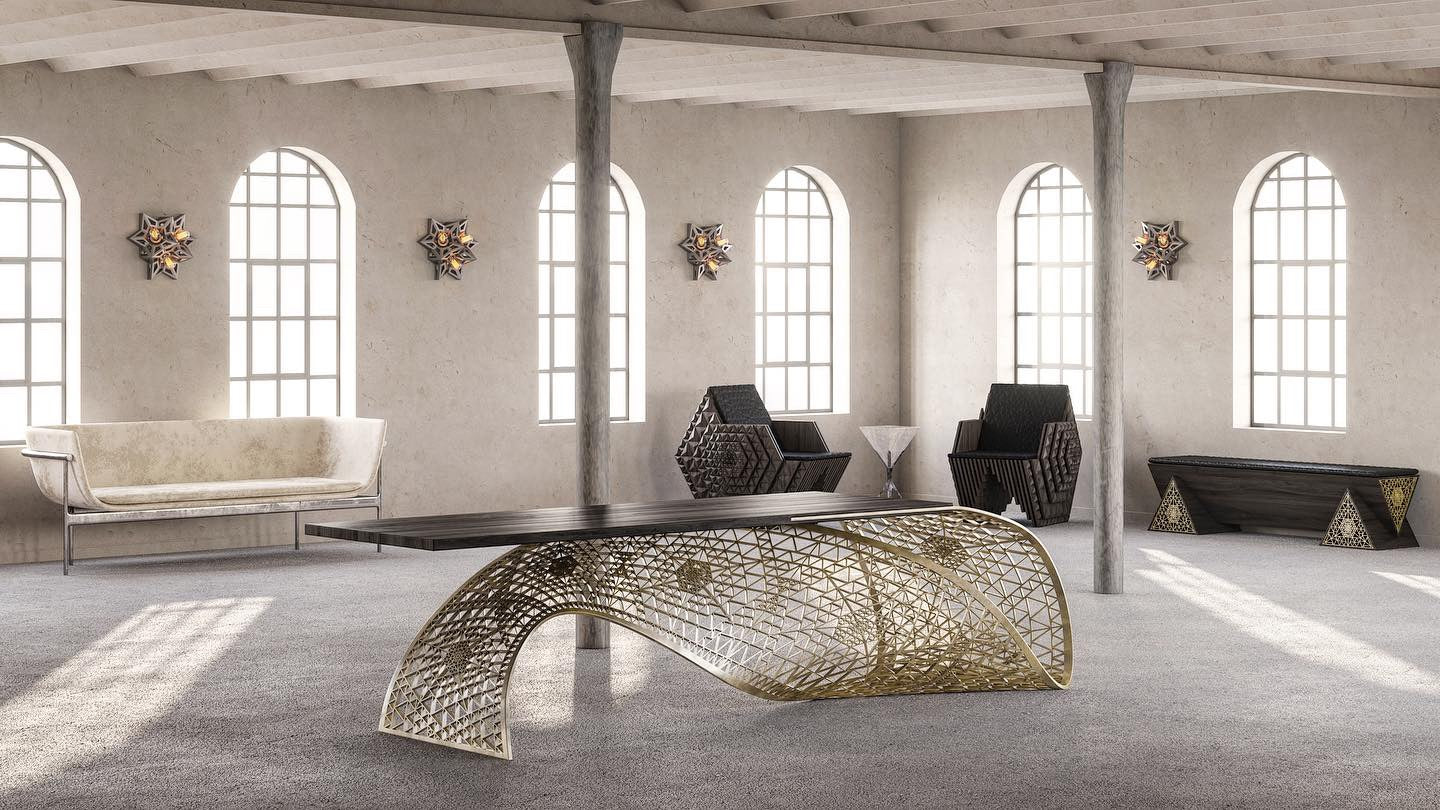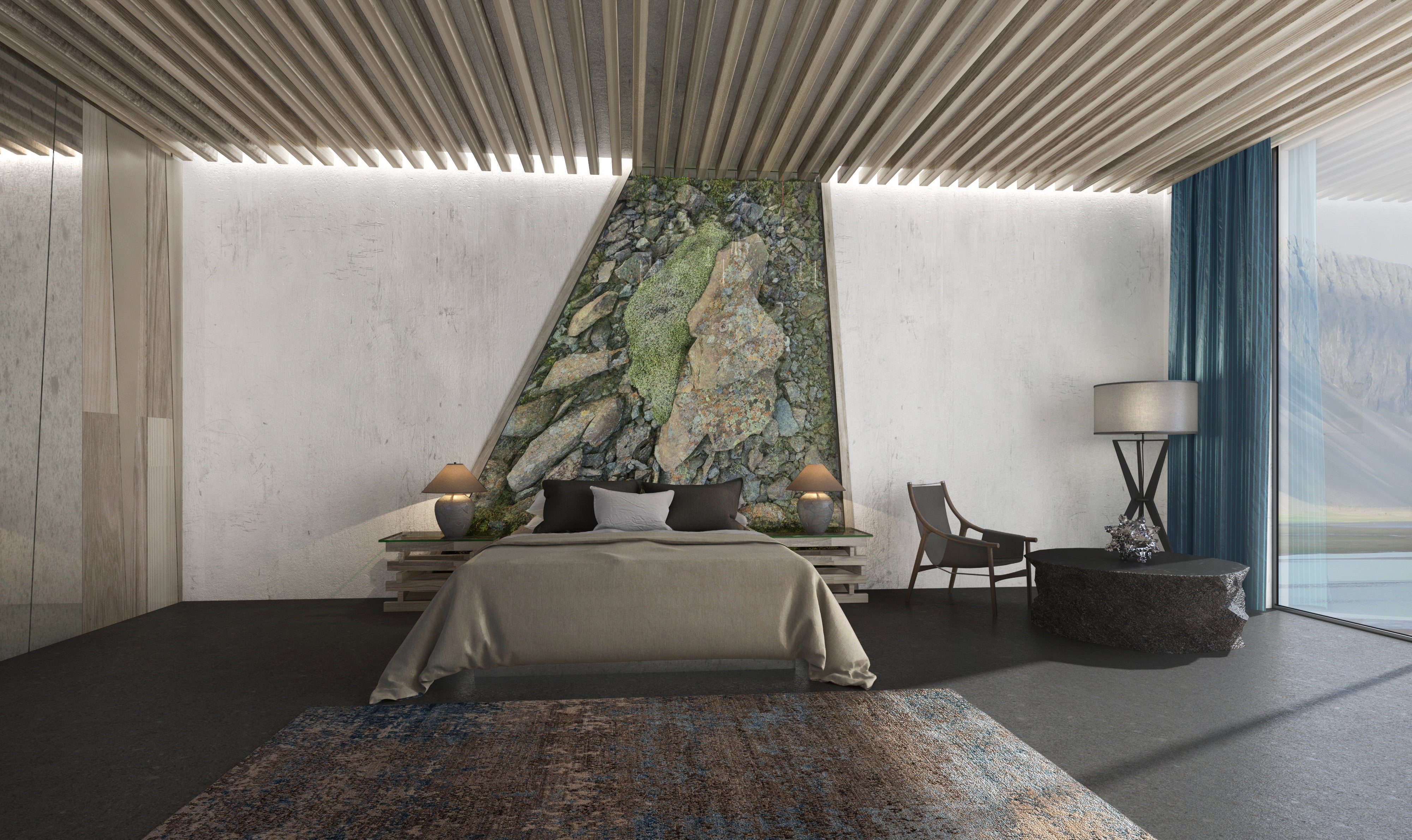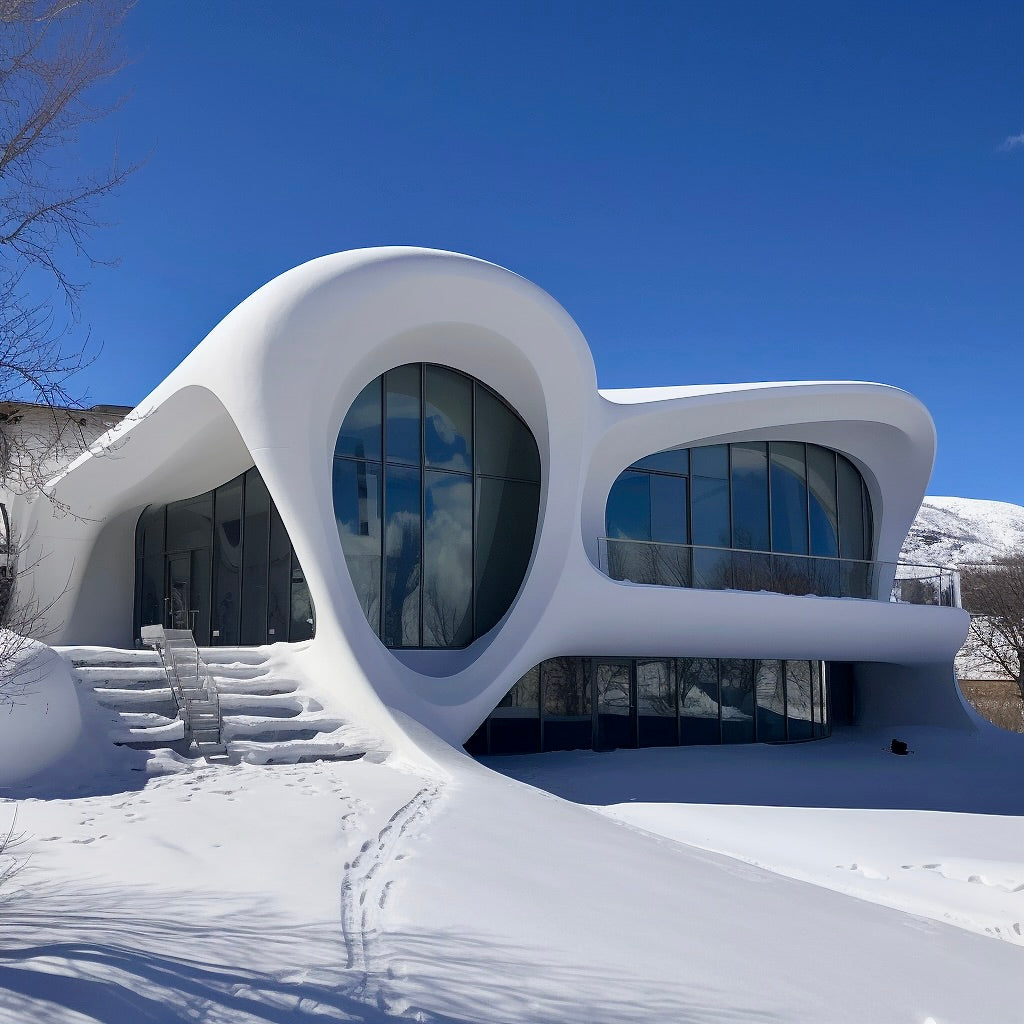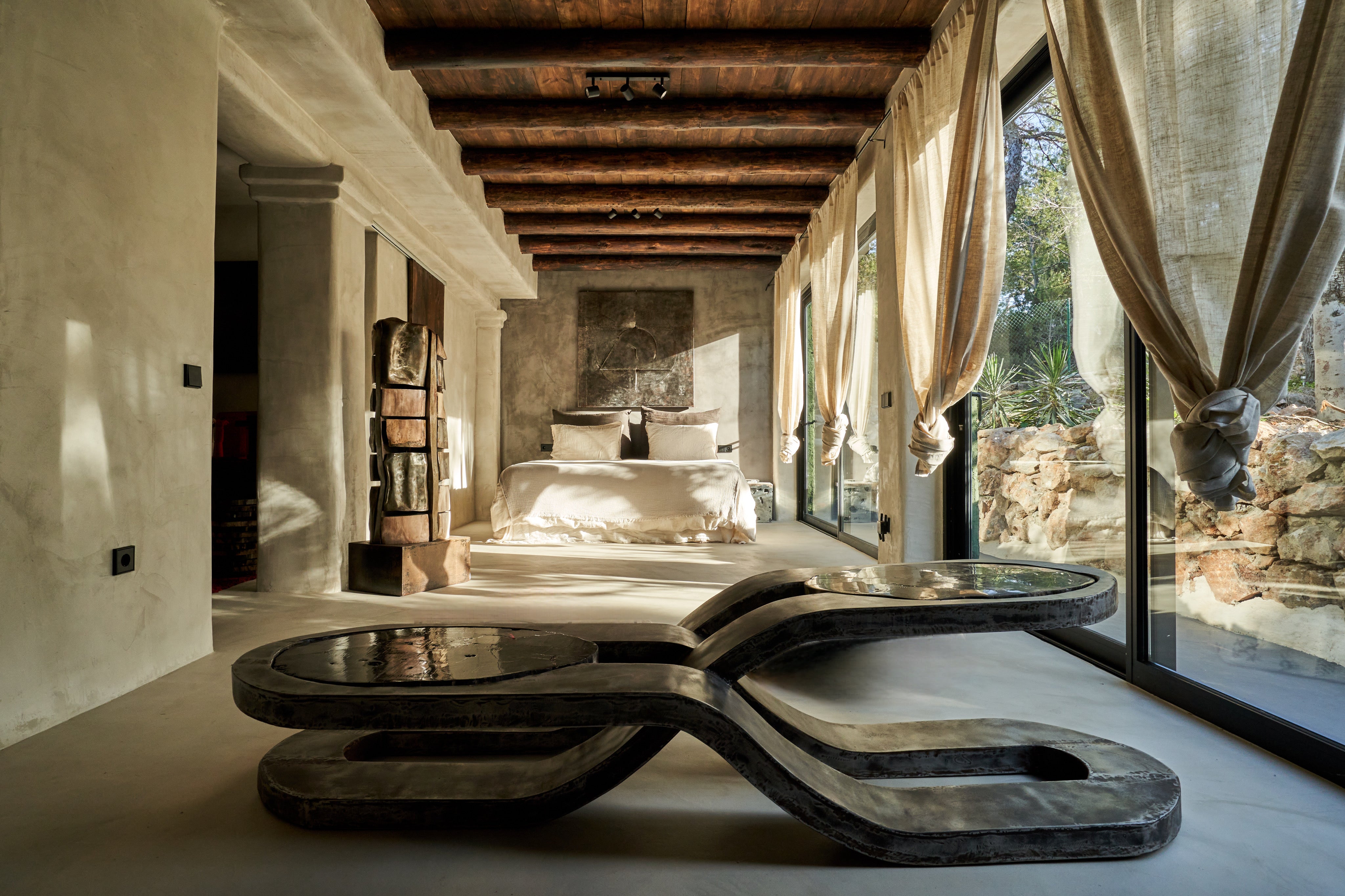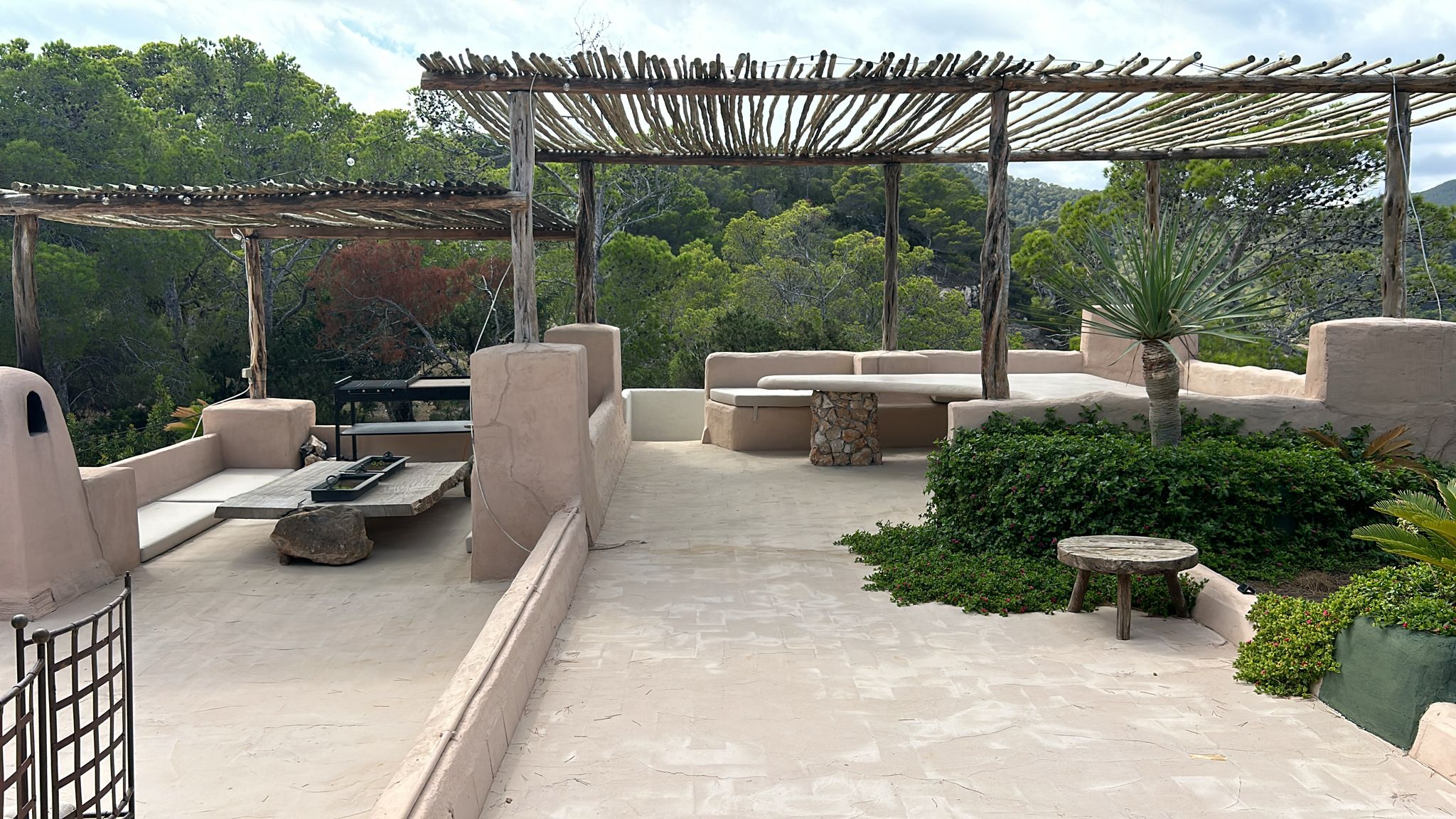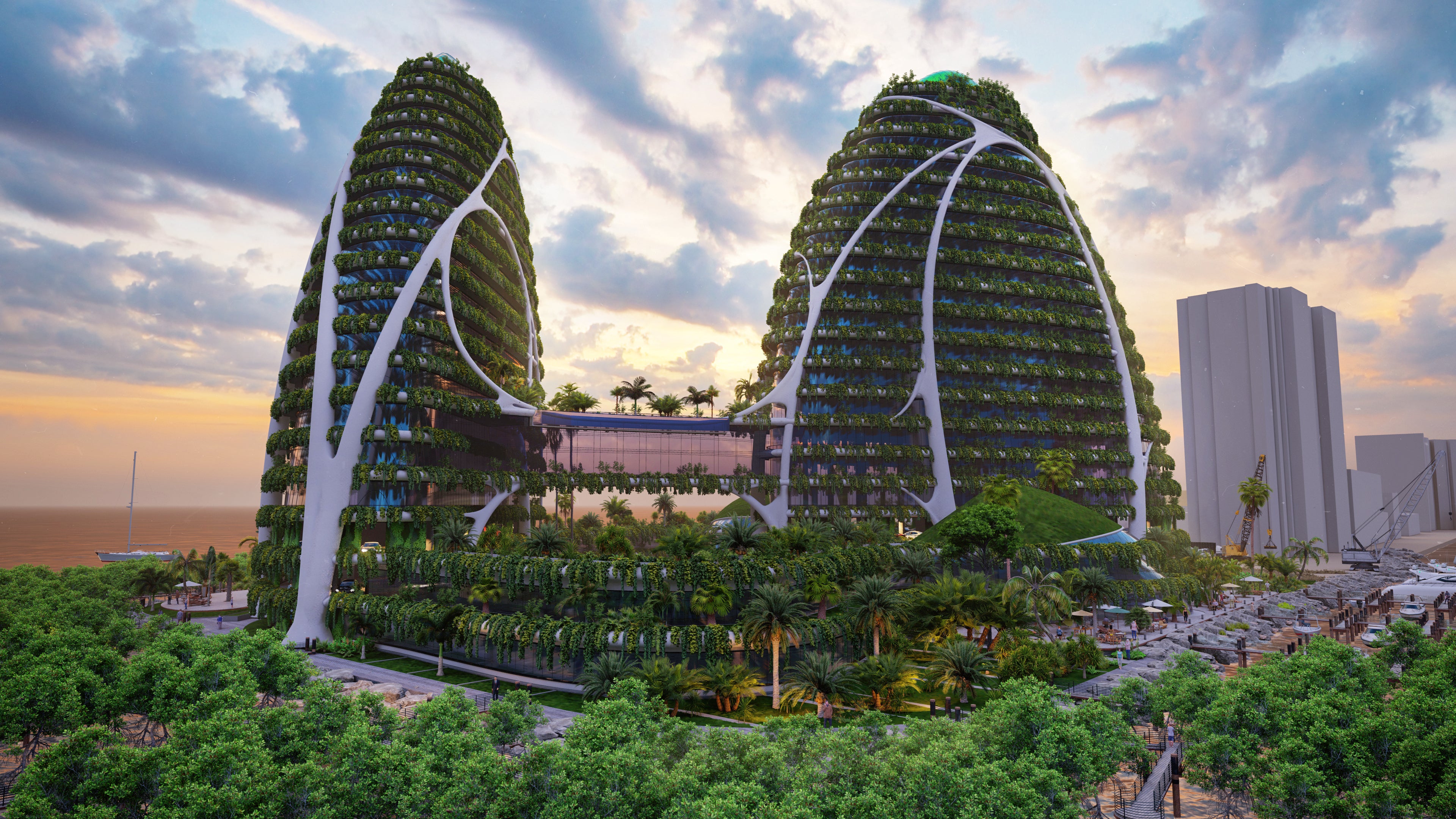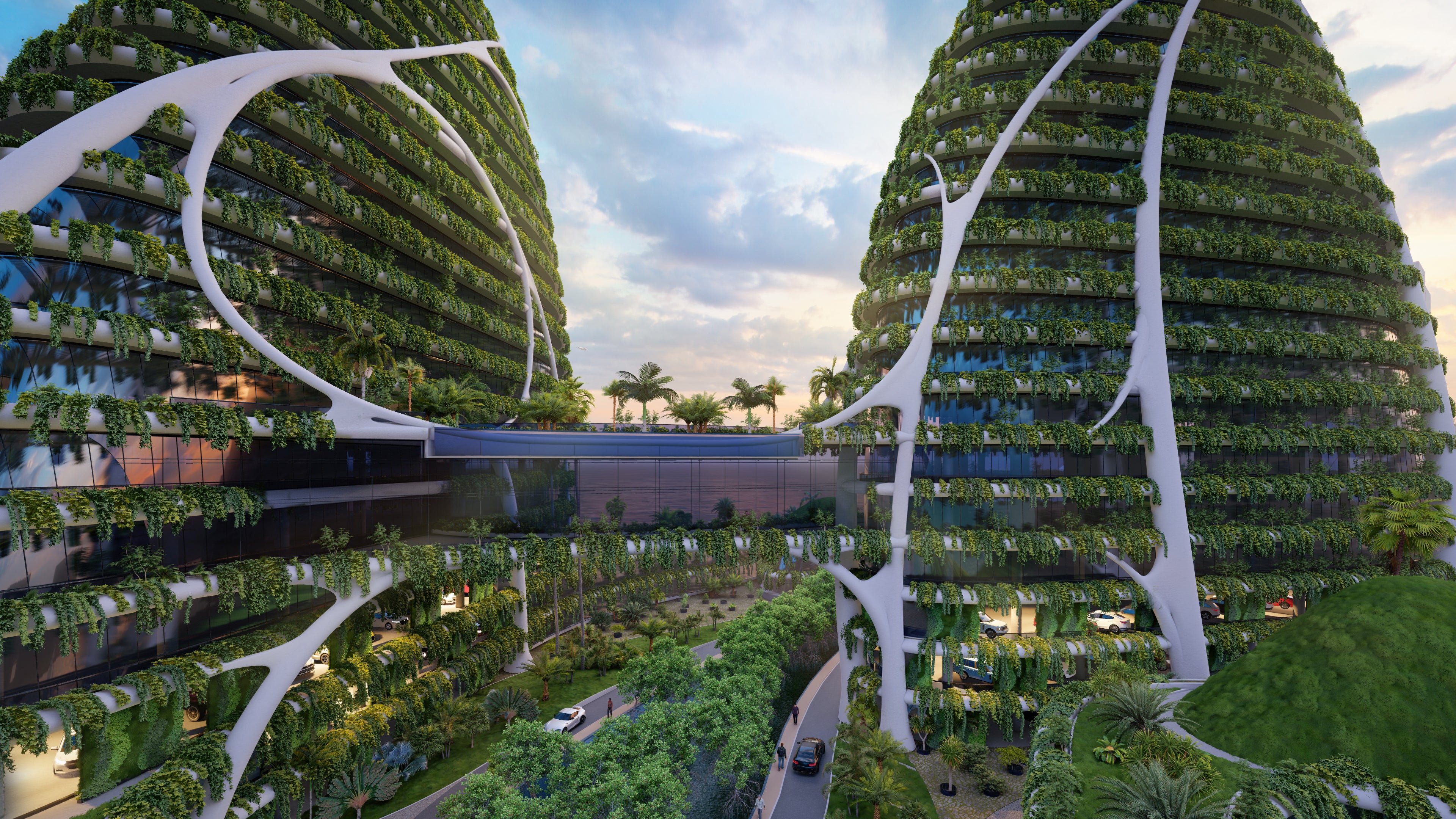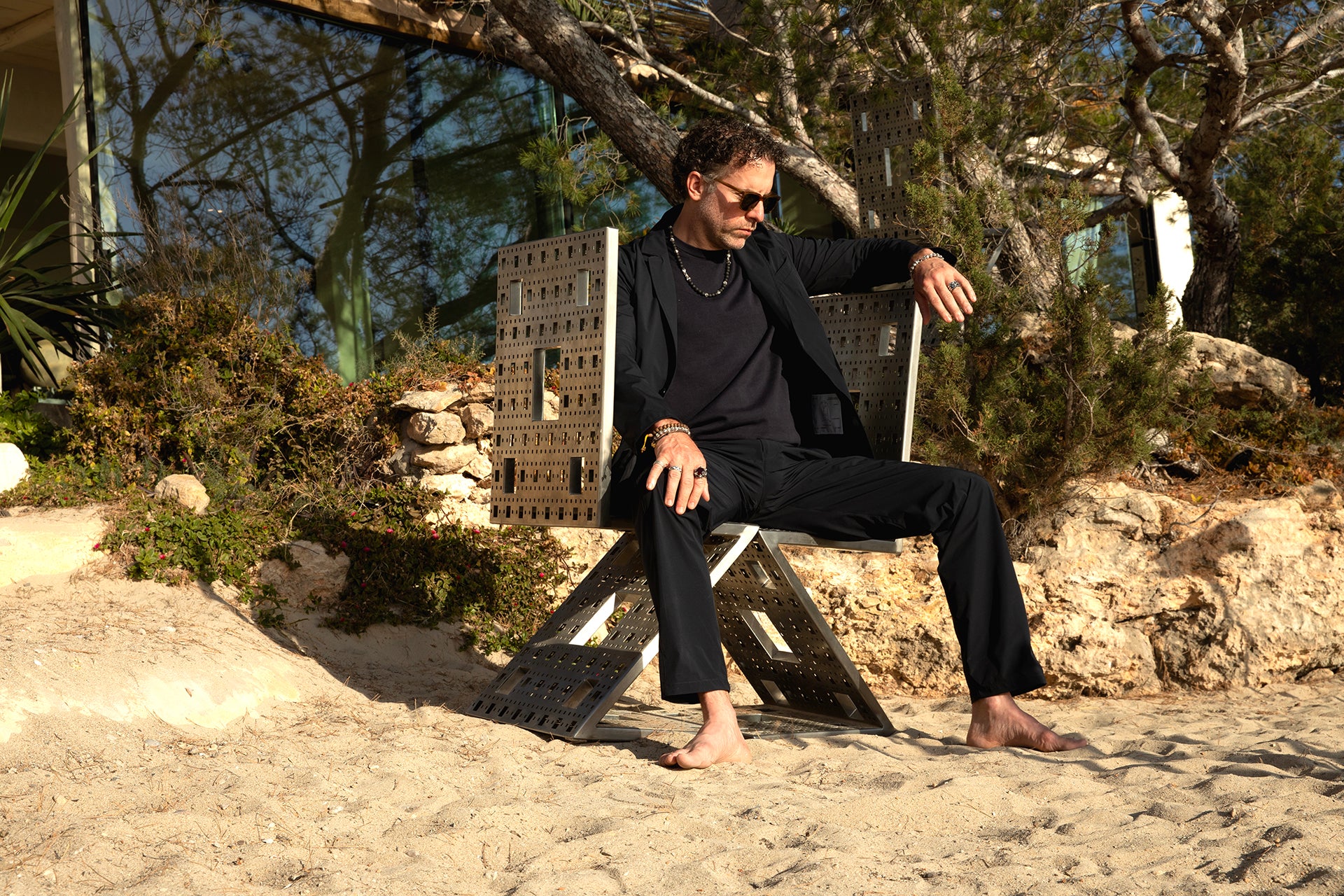About Us
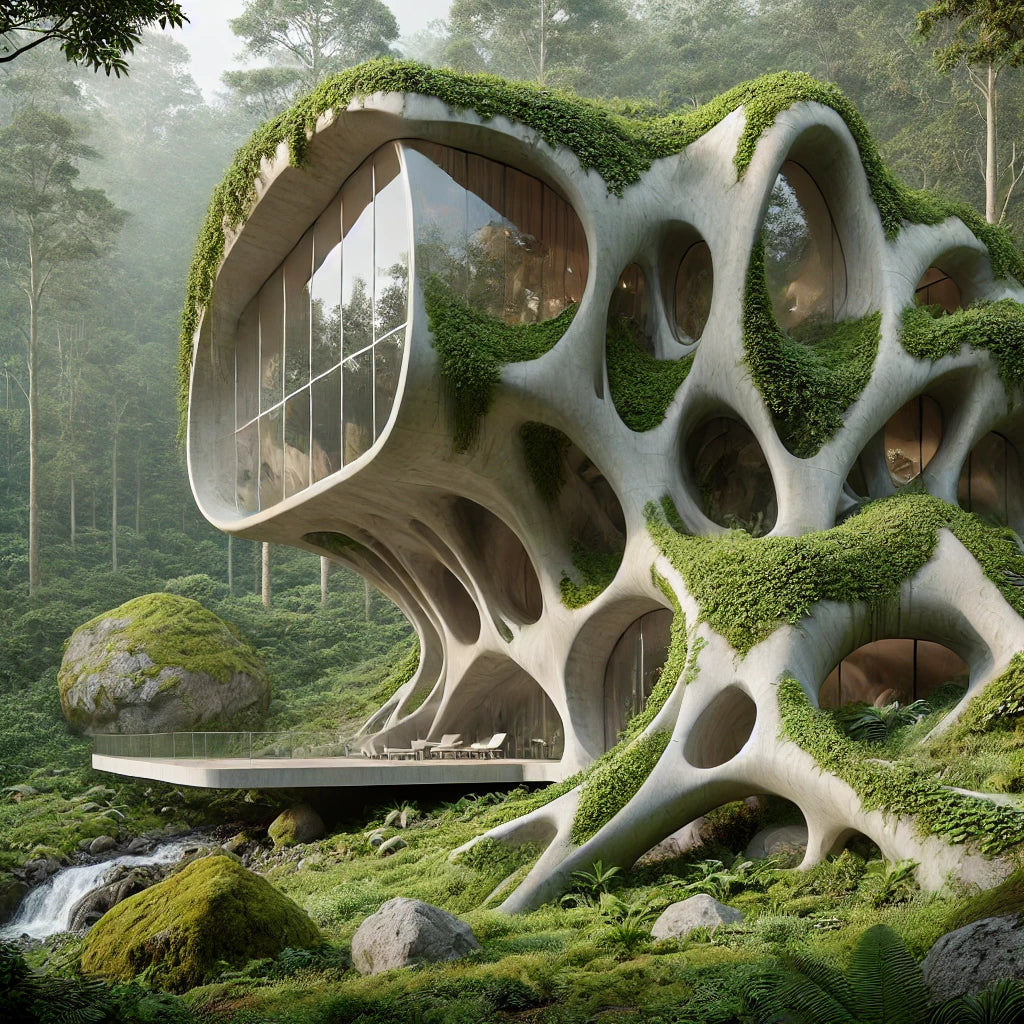
John Brevard architecture and interiors
DESIGN PHILOSOPHY
At John Brevard, design transcends aesthetics—it’s a profound reflection of humanity’s evolving relationship with nature and consciousness.
In our earliest days, humans lived in seamless harmony with the natural world, instinctively connected to the earth and its rhythms. Over time, the rise of self-awareness created a separation, as we began to reflect on, analyze, and dominate our environment. This disconnect has fueled environmental degradation and conflict, dividing humanity from its roots.
Today, we stand on the cusp of a transformative era. A new paradigm is emerging—one rooted in interconnectedness, where the boundaries between man and nature, self and other, begin to dissolve.
John Brevard’s creations embody this evolution, inspired by a deep ecological awareness and transcendent experiences beyond ordinary consciousness. Through art, design, and immersive experiences, Brevard reflects the architecture of consciousness, inviting a harmonious fusion of humanity and nature—a glimpse into an integrated and enlightened world culture.
Crafted with intention. Designed to inspire. Built for connection.

